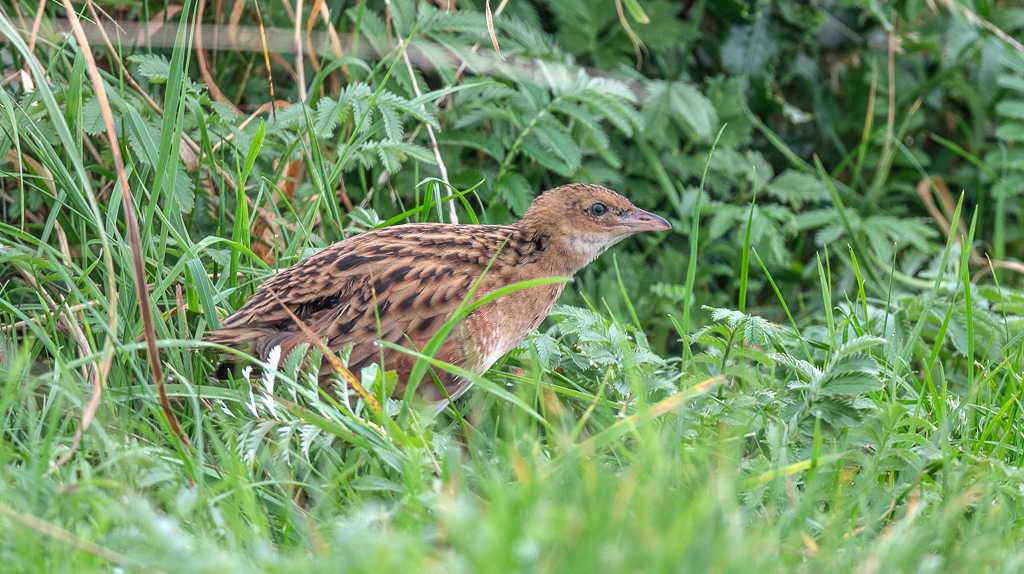
On our first morning I was out before 7.00am to begin to get to know the island and walked over to the west coast and on to the machair, although not many wild flowers at this time of the year! The machair also forms the golf course and hosts the annual Iona Open at the end of August, but I only saw two people on it all week! The Bay at the Back of the Ocean holds a mix of sand and pebbles and is also home to ‘The Spouting Cave’. The best ‘blows’ are seen on a mid tide with a good sea running. We had the mid tide and even with a less than angry sea, it was still an impressive sight.
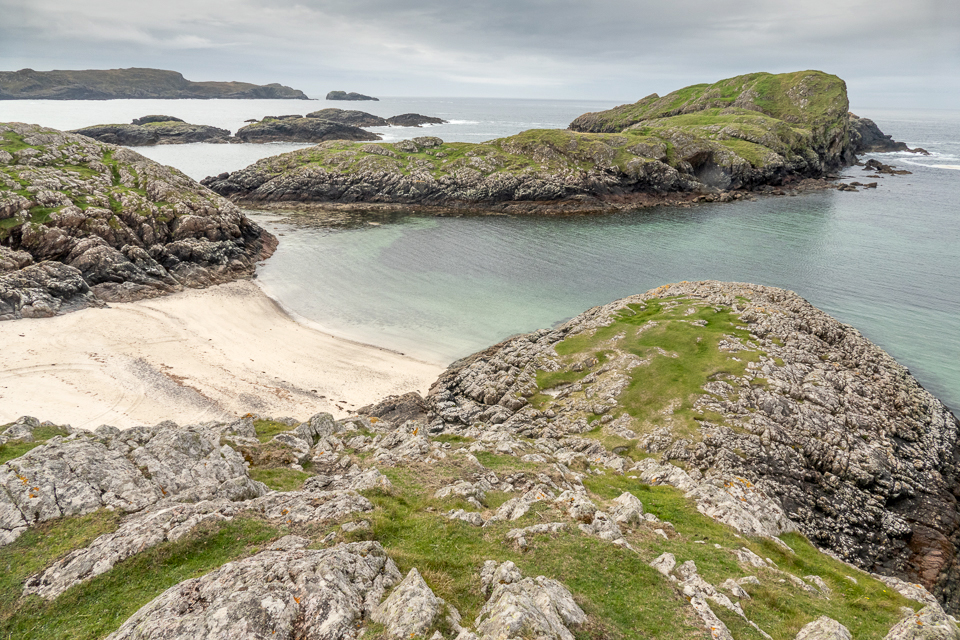
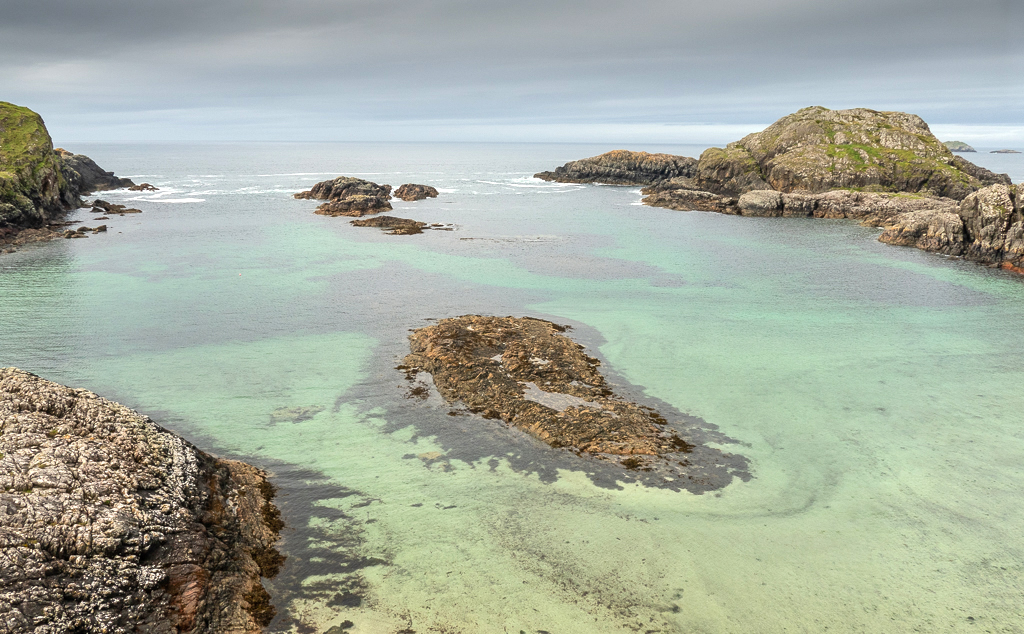
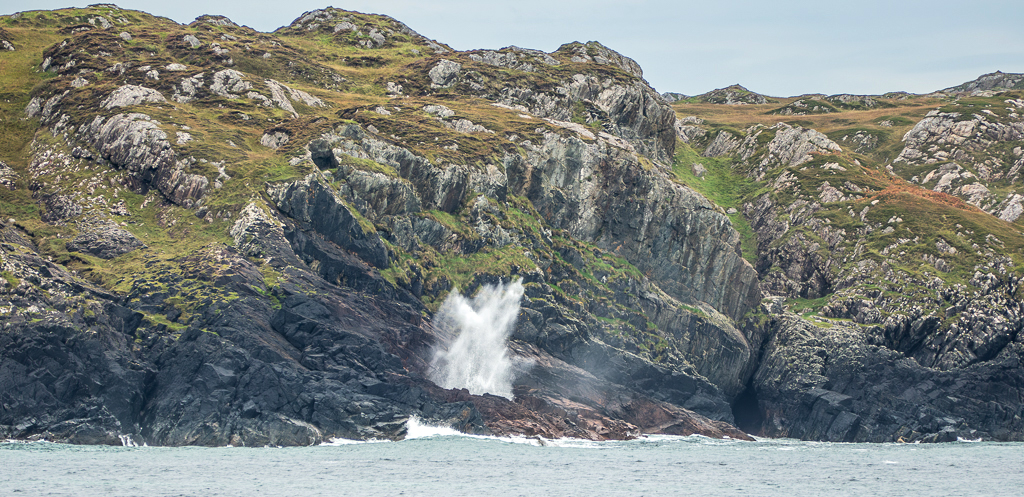
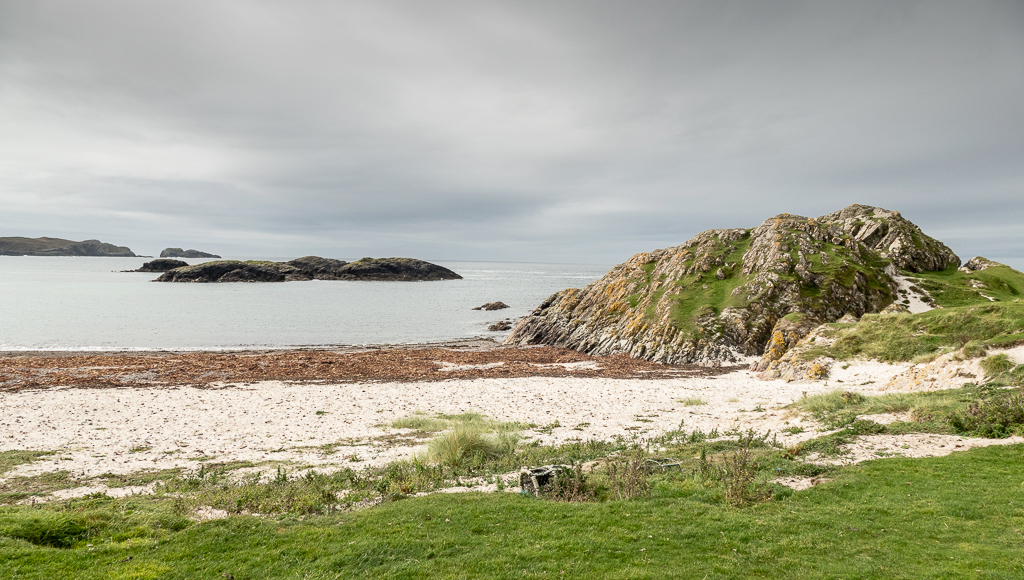
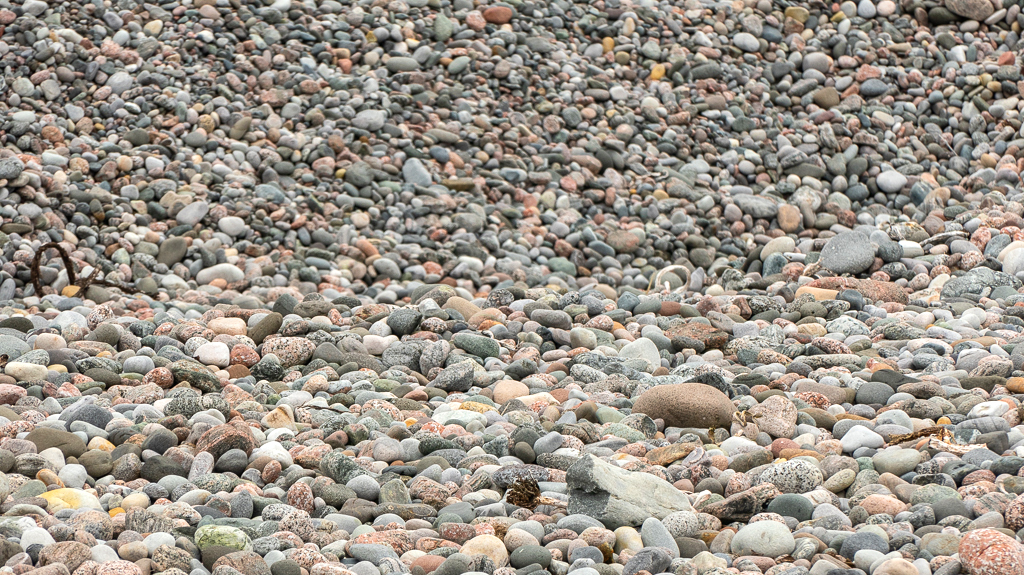
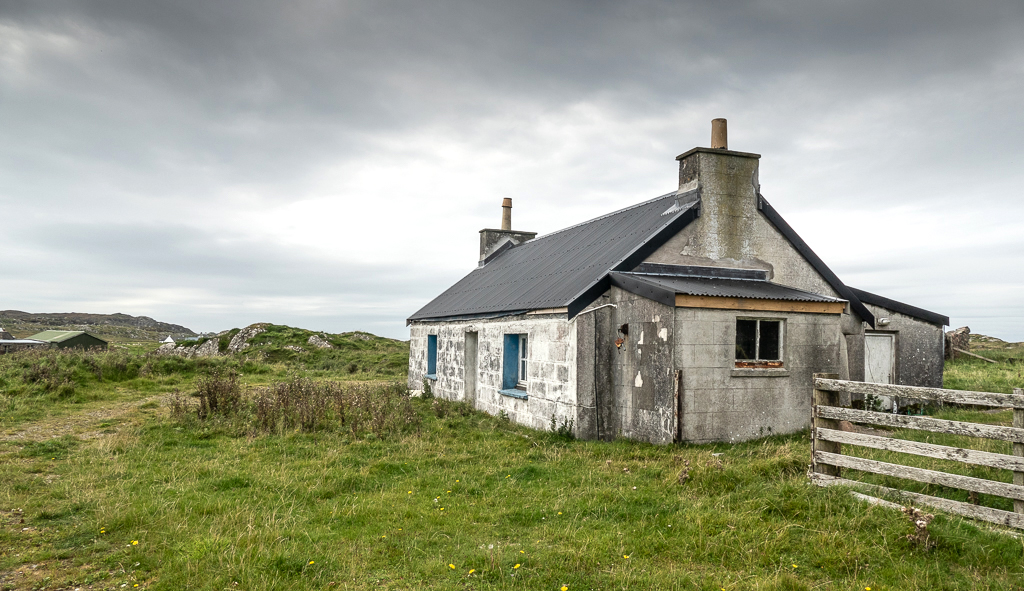
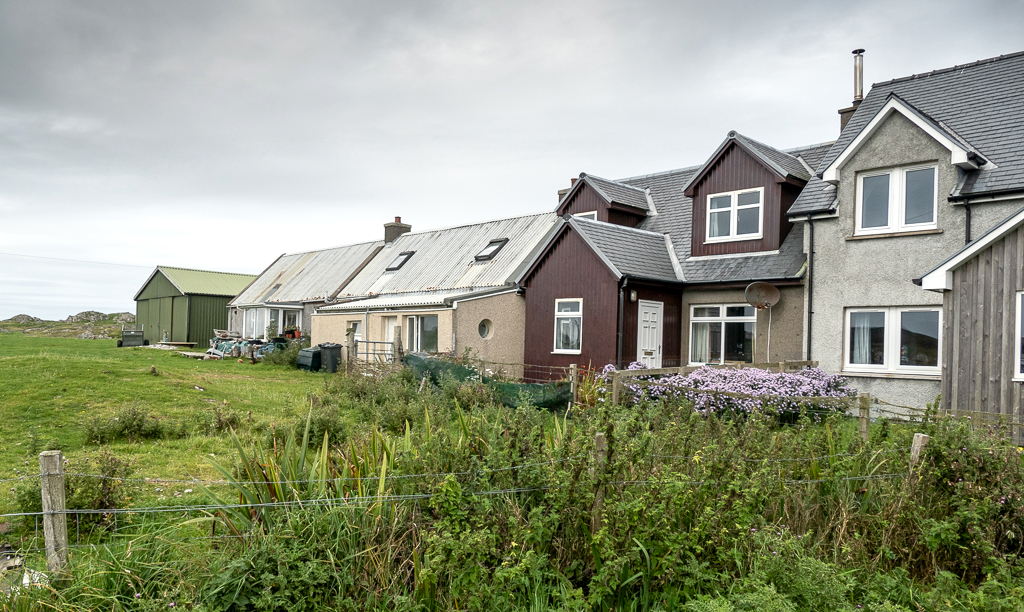
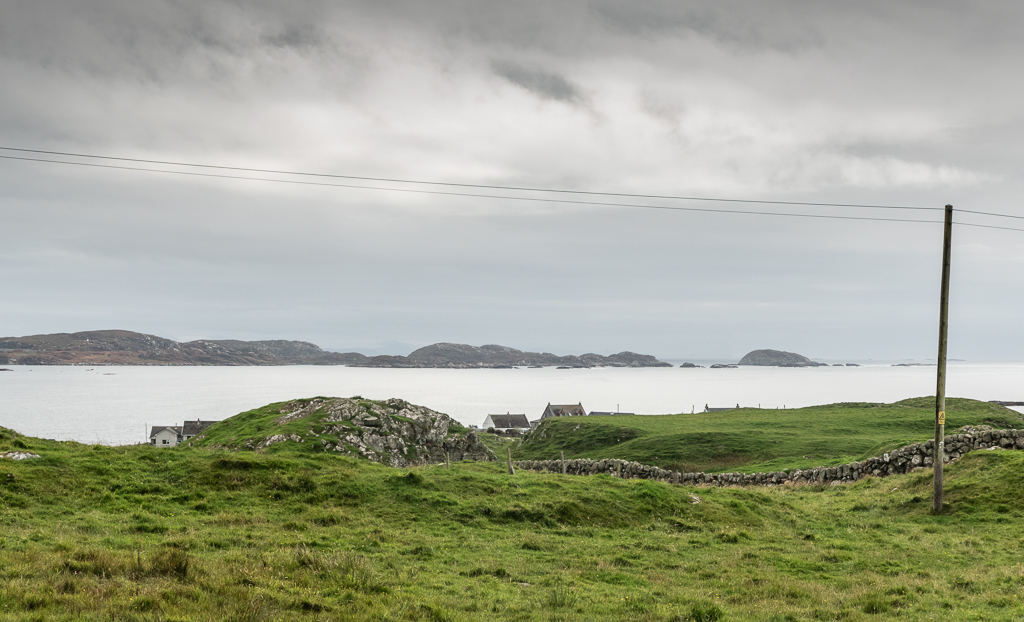
Iona for birders means the Corncrake, but I wasn’t very hopeful of seeing one. Firstly, they are notoriously difficult to see even when they’re at their breeding peak, with the Island having around twenty calling males; secondly we were on the island a little late. Most of these elusive crakes will have left by late summer to spend our winter months in the warmer climes of North Africa. It was, therefore, with much surprise and not a little heart thumping that I glimpsed a brownish bird on the grass at the side of the single track road down to the bay. At fist glance I though it was a thrush moving through the undergrowth before revealing itself to be a young Corncrake! Luckily it didn’t dash straight back in but gave great views as it skulked along the verge for twenty yards or so. Not a bad start! This latish bird was probably a young from a second brood about to make its way North Africa.
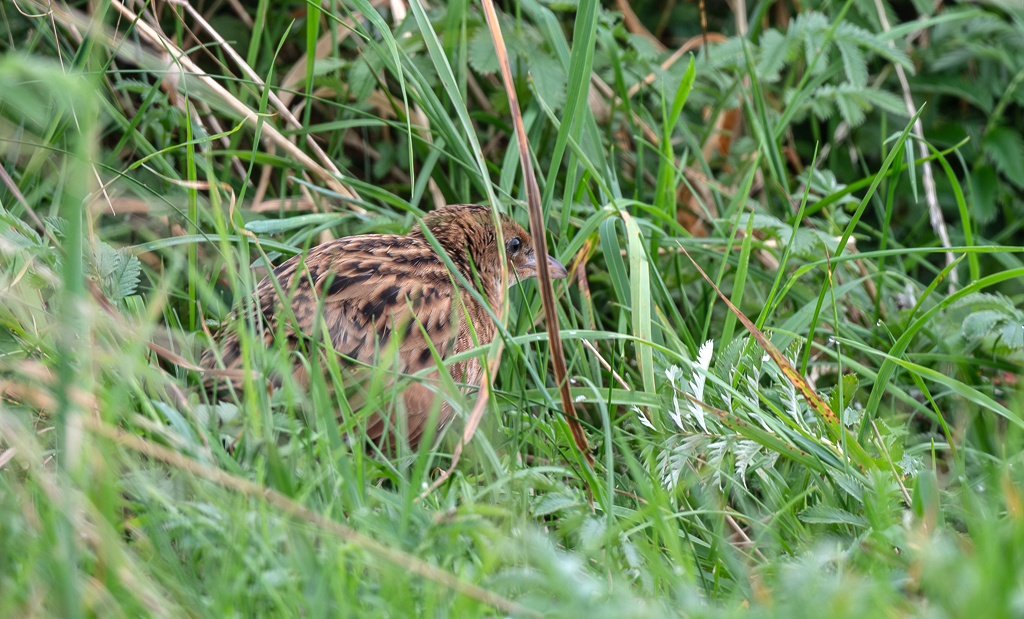
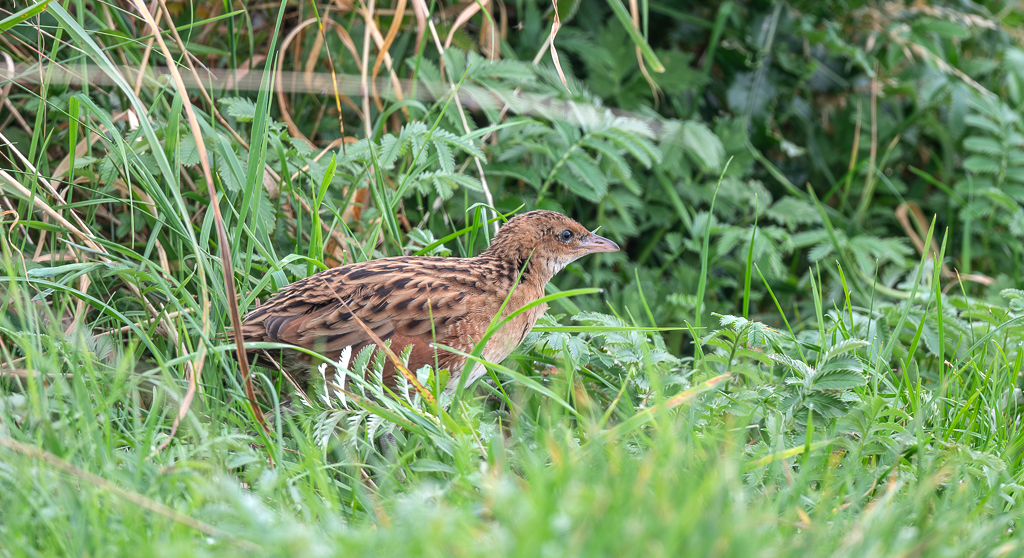
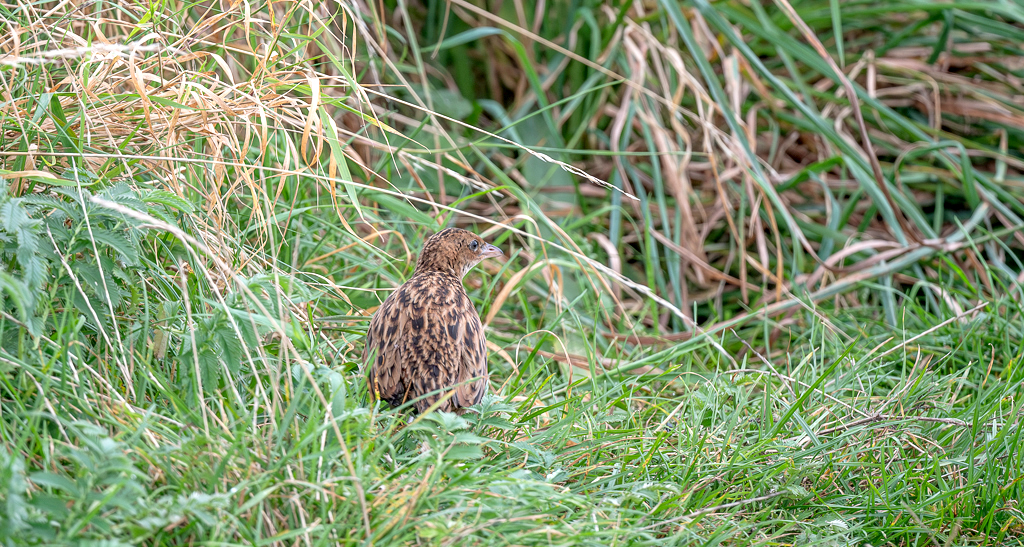
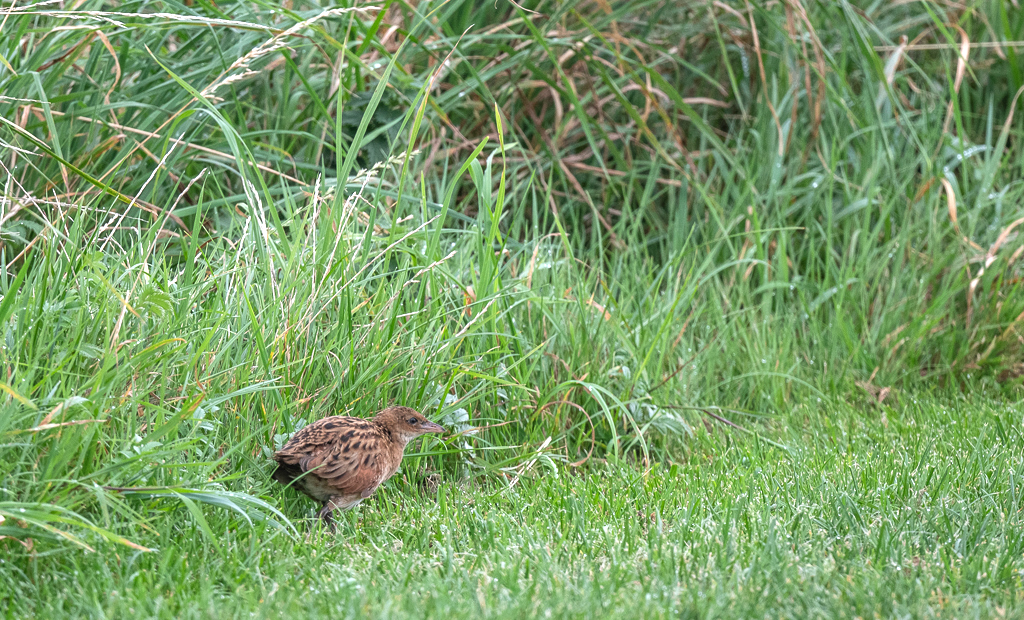
I took the north road up past the Abbey and Iona’s highest point, ‘The Dun’ in the late afternoon to get a sense of this part of the island. A flock of Linnet with a few Twite were rising and dipping between fields and telephone wires. Looking back to Finophort on Mull the jetty which would be heaving with coaches and visitors on the following morning, was empty.
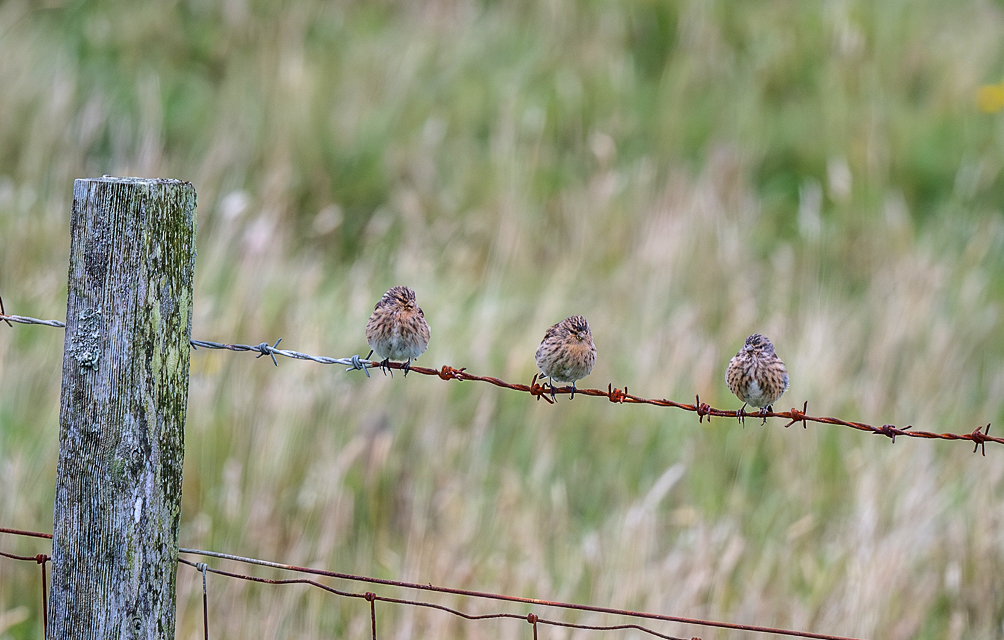
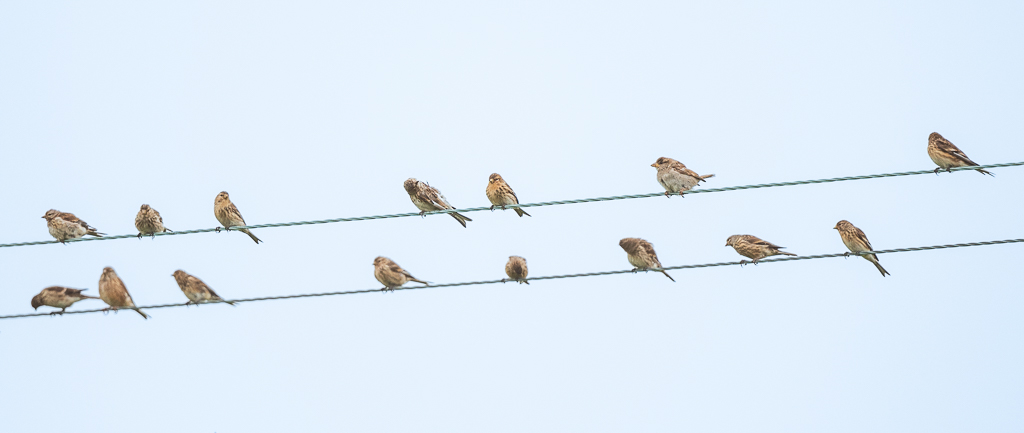
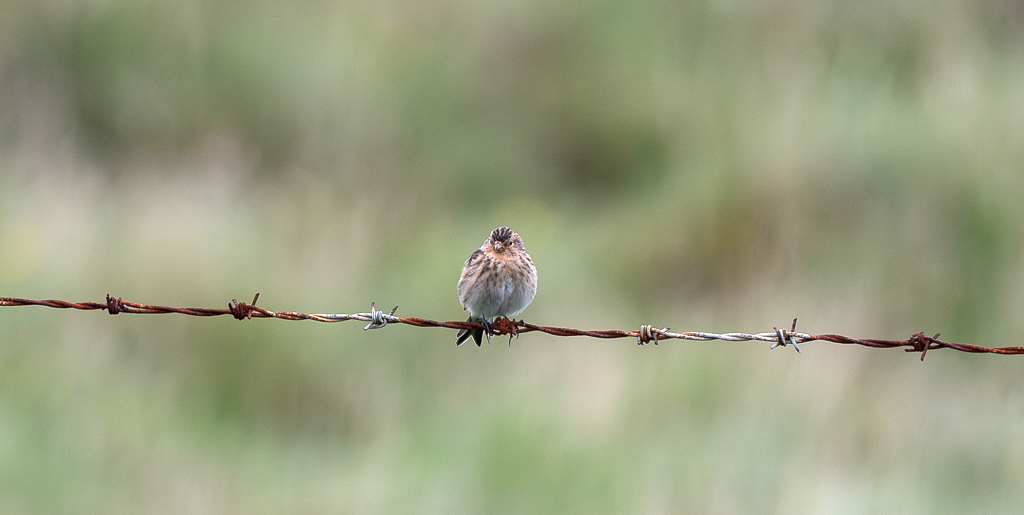
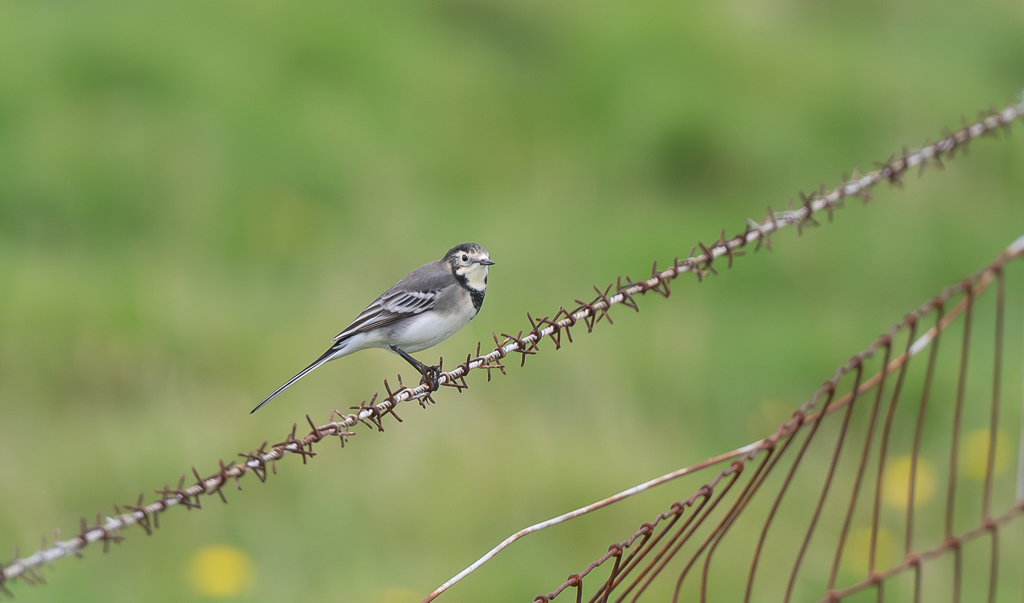
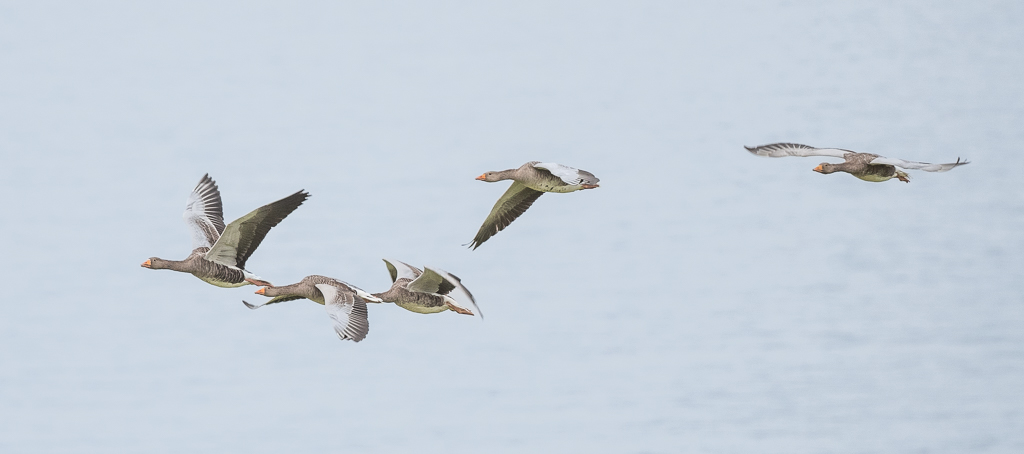
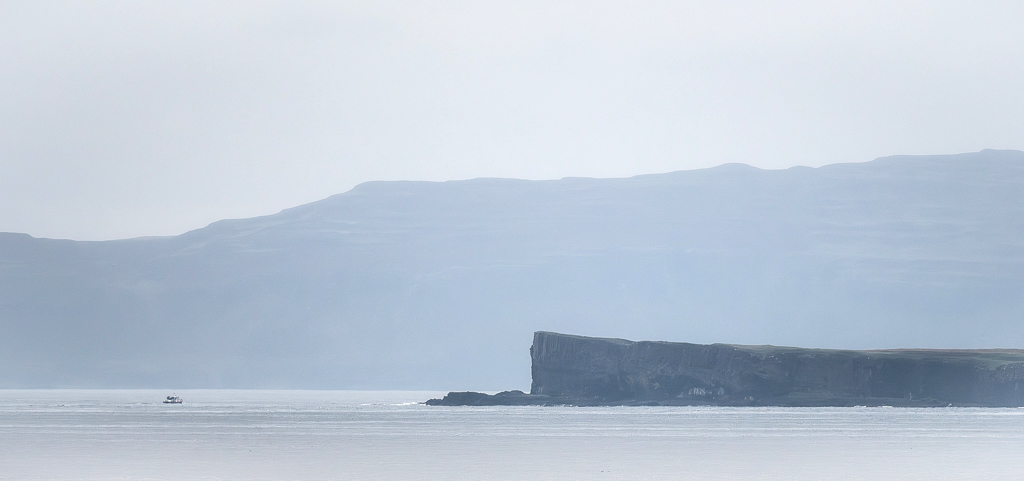
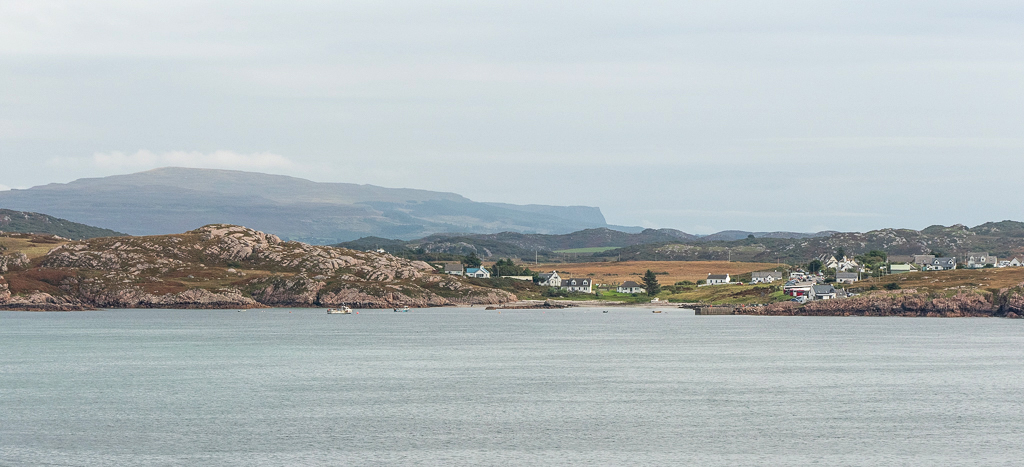
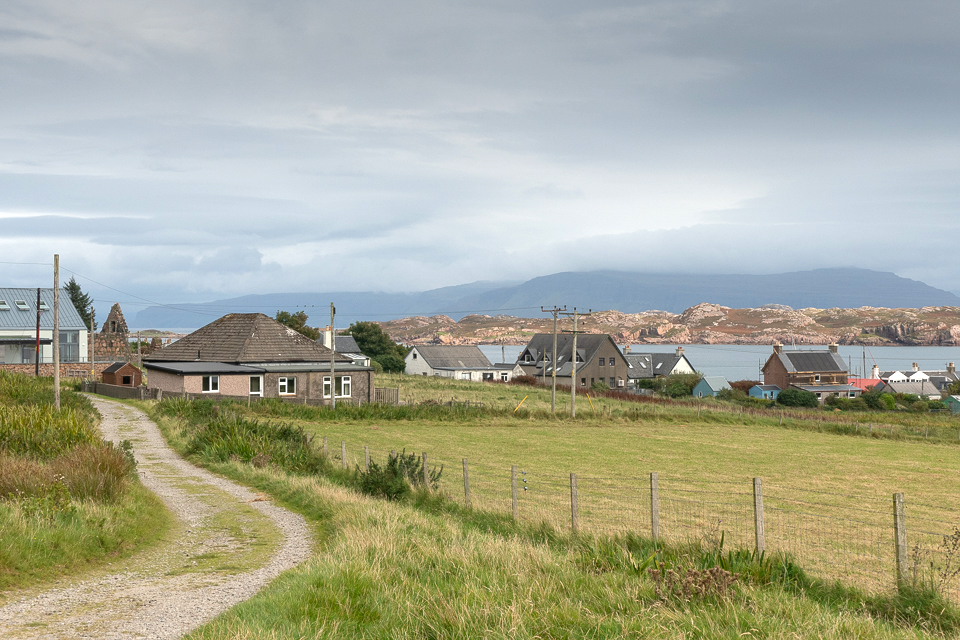

No comment yet, add your voice below!